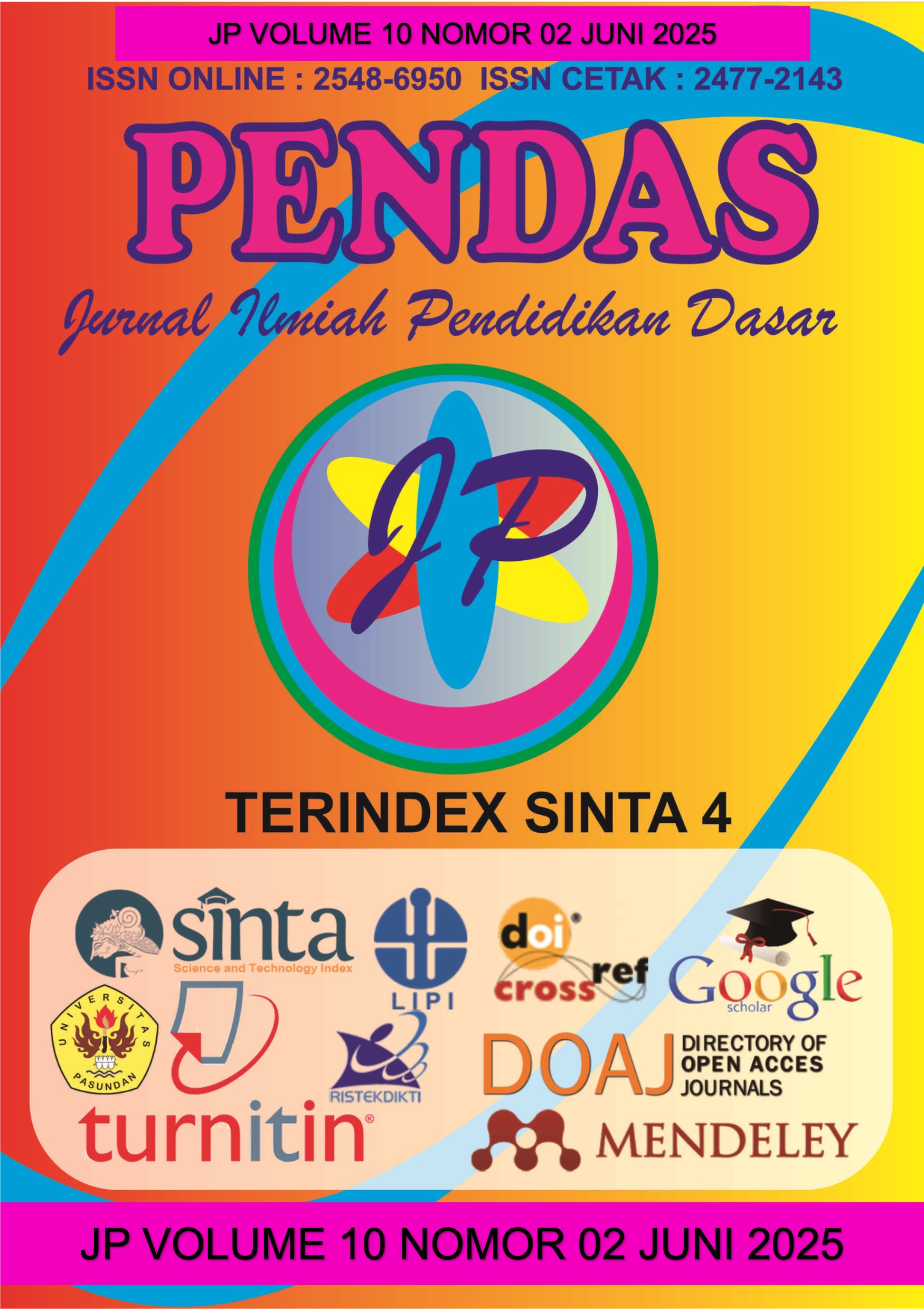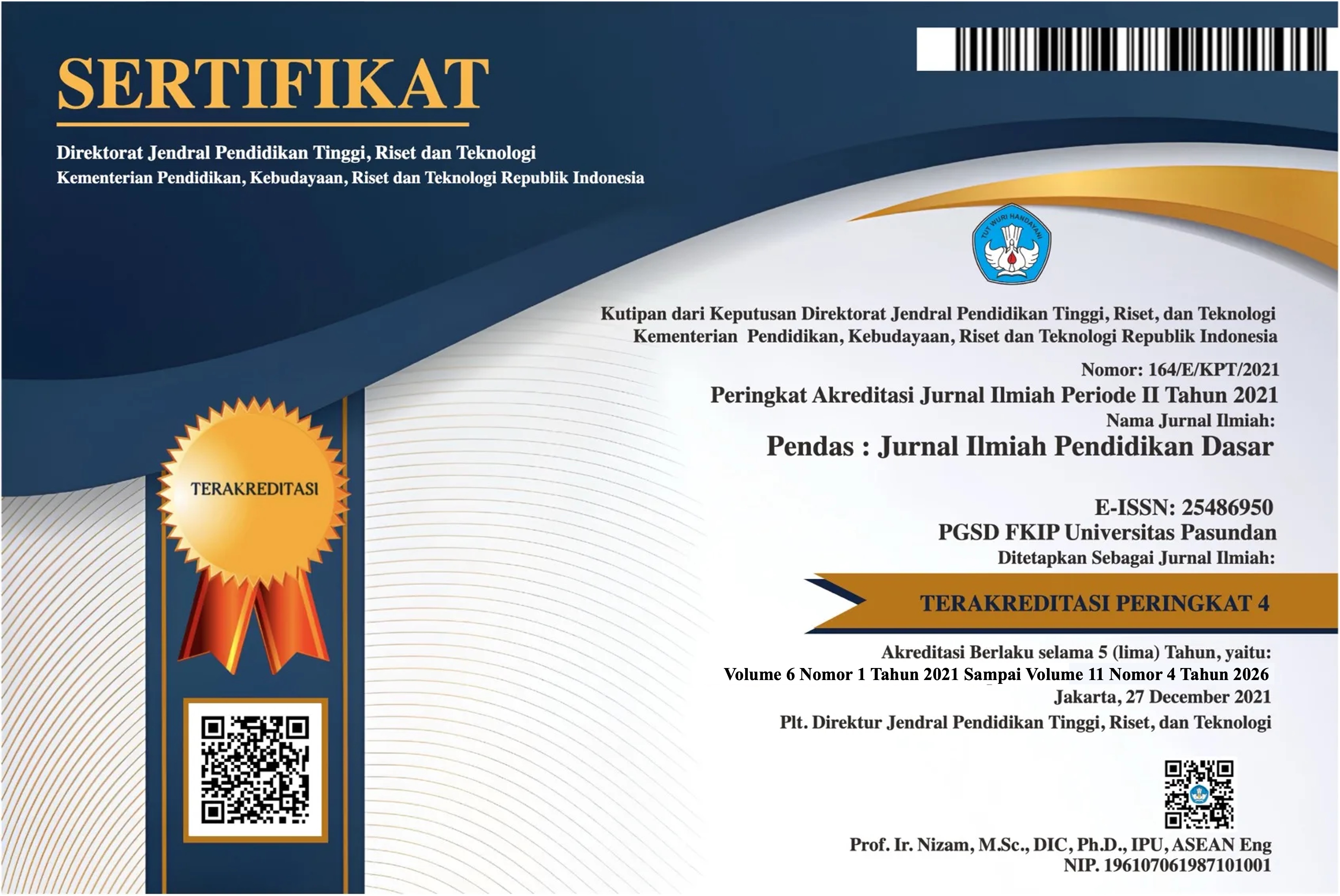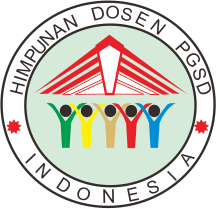KESEIMBANGAN MENTAL DALAM ERA DIGITAL: DAMPAK MEDIA SOSIAL TERHADAP KESEHATAN PSIKOLOGIS REMAJA
DOI:
https://doi.org/10.23969/jp.v10i02.24466Keywords:
mental balance, social media, teenagersAbstract
This study is a literature study with a qualitative descriptive approach that aims to examine the influence of technology and social media on the development of adolescent behavior. In today's digital era, adolescents are a group that is very connected to cyberspace, making social media a means of self-expression, communication, and the formation of social identity. However, intense use of technology also poses challenges, such as decreased self-control, increased impulsive behavior, and the risk of mental health disorders such as anxiety, stress, and depression. The digital environment plays a significant role in shaping adolescent behavior, both positively and negatively. This study also highlights the phenomenon of alone together and the shift in character values in adolescents, especially in the context of spiritual and social life. To manage the negative impacts and maximize the positive benefits of technology, a holistic approach is needed through digital literacy education, parental guidance, and community involvement in constructive activities. Thus, technology can be used wisely and become a means to support the healthy growth of adolescent character in the big data era.
Downloads
References
Aloysius, S., & Salvia, N. (2021). Analisis kesehatan mental mahasiswa perguruan tinggi X pada awal terjangkitnya Covid-19 di Indonesia. Jurnal Citizenship Virtues, 1(2), 83-97.
Boyd, D. (2014). It's Complicated: The Social Lives of Networked Teens. Yale University Press.
Boyd, D. (2014). It's Complicated: The Social Lives of Networked Teens. Yale University Press.
Dewi, F. R., & Kurniawan, A. “Dukungan Sosial di Media Sosial dan Resiliensi Remaja”. Jurnal Psikologi Klinis dan Kesehatan Mental, Vol. 7, No. 2 (2019): 98–107.
Eccles, J., & Gootman, J. A. (Eds.). (2002). Community Programs to Promote Youth Development. National Academy Press.
Julhamdani, F,. “Peran Teknologi dan Media Sosial dalam Membentuk Dinamika Kesehatan Mental Berdasarkan Perspektif Islam”, Journal on EducationVol. 06, No. 02 (2024), hal. 11450-11451.
Perspective, G,." Journal of Adolescent Health, 45(2), 112-125.
Lestari, D. A., & Pratama, G. A. “Dampak Negatif Media Sosial terhadap Kesehatan Mental Remaja”. Jurnal Psikologi Klinis dan Kesehatan Mental, Vol. 9, No. 1 (2020): 12–19.
Means for the Rest of Us. Atria Books. 19
More Tolerant, Less Happy--and Completely Unprepared for Adulthood--and What That
Novi Franscelia dan Richard Lyaputera, “Pengaruh Media Sosial terhadap Kesehatan Mental Remaja”, Jurnal Pendidikan Tambusai, Vol. 9, No. 1 (2025), hal, 1235.
Nugroho, A., & Fadilah, R. “Hubungan Antara Intensitas Penggunaan Media Sosial dan Kecemasan Sosial pada Remaja”. Jurnal Psikologi Insight, Vol. 14, No. 1 (2022): 45–53.
Nugroho, B., Santoso, H., & Ramadhan, F. “Hubungan Antara Durasi Bermedia Sosial dan Kualitas Tidur pada Remaja”. Jurnal Kesehatan Masyarakat Indonesia, Vol. 15, No. 3 (2022): 210–220.
Silitonga, P., (2023). “PENGARUH POSITIF DAN NEGATIF MEDIA SOSIAL TERHADAP PERKEMBANGAN SOSIAL, PSIKOLOGIS, DAN PERILAKU REMAJA YANG TIDAK TERBIASA DENGAN TEKNOLOGI SOSIAL MEDIA DI INDONESIA.,” Jurnal Pendidikan Sosial Dan Humaniora 2, no. 4 (2023): 13077.
Permatasari, R. (2021). “Pengaruh Media Sosial terhadap Pembentukan Identitas Remaja”. Jurnal Psikologi Udayana, Vol. 8, No. 2.
Pratama, A. R., & Wijaya, R. D. (2020) “Perbandingan Sosial dan Kepuasan Diri pada Remaja Pengguna Instagram”. Jurnal Ilmiah Psikologi Terapan, Vol. 8, No. 1.
Santoso, B. (2019). Media Sosial dan Pengaruhnya Terhadap Perilaku Impulsif Remaja. Jurnal Psikologi, 18(1), 90-105.
Sari, M. R., & Lestari, D. A. (2021). “Perilaku Penggunaan Media Sosial dan Pengaruhnya terhadap Identitas Remaja”. Jurnal Psikologi Udayana, Vol. 9. No. 1.
Sari, M., & Lestari, D. (2021), “Hubungan antara Fear of Missing Out dan Tingkat Kecemasan pada Remaja”. Jurnal Psikologi Indonesia, Vol. 10, No. 2.
Smith, A., Johnson, M., & Williams, R. (2021). "The Impact of Social Media on Body Image: A
Steinberg, L. (2017). Adolescence (11th ed.). McGraw-Hill Education.
Tricia, M. (2023). Memahami Peran Lingkungan dalam Pembentukan Perilaku Remaja.
Twenge, J. M. (2019). iGen: Why Today's Super-Connected Kids Are Growing Up Less Rebellious,
Willius Kogoya, Hiskia Uruwaya, “SOLUSI DAMPAK NEGATIF PENGGUNAAN MEDIA ELEKTRONIK PADA REMAJA DALAM AKTIVITAS PEMBELAJARAN”, (BANDUNG: Widina Media Utama, 2022) hlm, 23.
Wulandari, N. P., & Suryani, N. “Hubungan Antara Durasi Bermedia Sosial dan Tingkat Kecemasan pada Remaja di Kota Denpasar”. Jurnal Ilmiah Psikologi MIND, Vol. 10, No. 2 (2023): 34–42.
Downloads
Published
Issue
Section
License
Copyright (c) 2025 Pendas : Jurnal Ilmiah Pendidikan Dasar

This work is licensed under a Creative Commons Attribution 4.0 International License.



















